Protection or Profit? The 1000 Prostitutes Employed by the Church in 12th Century London
The modern Christian church does not condone prostitution and would never consider getting involved with it. However, in 12 th century England, a borough of London known as Southwark had eighteen licensed brothels with about one thousand prostitutes employed therein! All of these brothels were run by the church and brought in large sums of money for building churches and other ecclesiastical duties.
Anyone for Stew?
All the brothels were in Bankside, an area of Southwark, and the brothels themselves were called the “Bankside stews.” There are two theories on how the brothels came to have this name. First, the ponds on the Bishop’s land bred fish for the bishop to eat and were called “stew-ponds”. This led to the phrase “visiting the stews” becoming laden with innuendo. The other theory is that the name comes from the Norman French word Estuwes which means stove. This refers to the stoves used in the bathhouses to produce steam. The brothel keeper came to be known as a “stewholder” and the women that worked there were known as “Winchester Geese” named after the Bishop of Windsor that presided over the area.
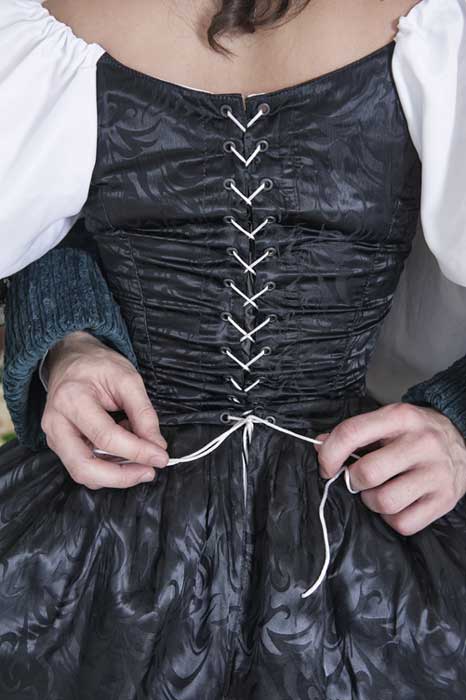
“Visiting the Stews” (darkbird / Adobe)
A Brothel from the Start
During the Roman occupation of what is now England, Southwark was an important part of the Roman town of Londinium. This was also the site of the first known brothel in what would become England. After the Romans left in the 5 th century, many churches were built in the area creating a safe place for prostitutes, criminals, and lepers. Southwark was just far enough away from London that it was out of sight but not inaccessible.
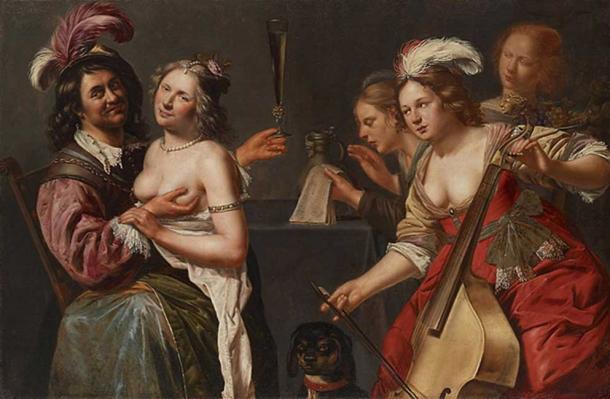
The area had brothels for several centuries. (Bullvolkar / Public Domain)
Men of God Profited from the Cesspool
Officially, the church could not condone prostitution. However, there were no rules against them profiting from it. It's important to understand that bishops in medieval England were not just churchmen, but politicians and statesmen too. St. Thomas Aquinas likened the place to “a cesspool in the palace; take away the cesspool and the palace becomes an unclean evil-smelling place.” Therefore, prostitution was seen as a necessary evil to gain revenue for the church.
Better Working Conditions?
Unlike the Roman times, prostitutes were no longer sex slaves. Limits were placed on how much they could borrow from their employer to prevent them from becoming too indebted leading to enslavement. Similarly, brothels were no longer prisons but rather boarding houses where the rooms were rented to prostitutes without board. Like other legitimate businesses, brothels were closed on holy days to encourage the women to attend services. Those employed in the brothel were refused Christian burial but could still receive Holy Communion.
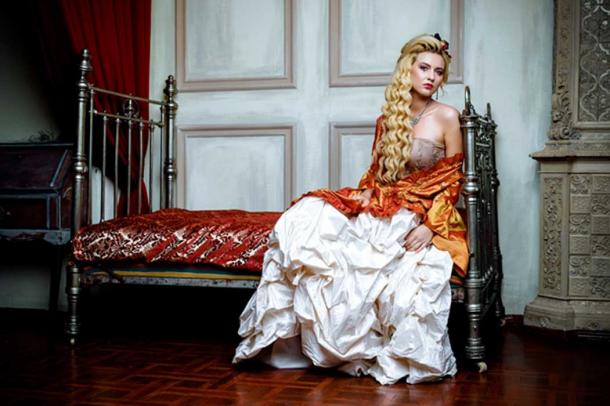
Prostitutes rented rooms in “boarding houses”. (Smmartynenko / Adobe)
Inspections were performed regularly to reduce the spread of STDs and infections to some extent. Gonorrhoea and “burning sicknesses” were rife; those found to be infected were fined then fired. Symptoms were treated by washing in white wine, animal urine, or a mixture of vinegar and water. Many cases of gonorrhoea are asymptomatic in women, so it would have been impossible to remove all infected parties, and some infections reached epidemic proportions, such as the gonorrhoea epidemic of 1160.
Royal Brothels
In 1161, King Henry II of England signed into law his Ordinances Touching the Government of the Stewholders in Southwark Under the Direction of the Bishop of Winchester. He saw that soldiers were coming back from Crusade and bringing with them new types of STDs and infections. Knowing that the infections would spread into the brothels and eventually to more and more of his subjects he knew that the establishments would need to be more thoroughly policed. Therefore, these Ordinances set out 39 rules for running the Bankside stews and formalizing the business dealings that went on there. The Ordinances laid out rules for protecting the women, the church, the customers, and society as well as rules for general administration. This recognition gave the brothels their special status and protection from the law.
- New Study Reveals that London was the Most Violent Place in Medieval England
- Gladiatrix: Female Fighters Offered Lewd Entertainment in Ancient Rome
- Paying for Services: Illicit Brothel Coins of Pompeii Show What’s on The Menu
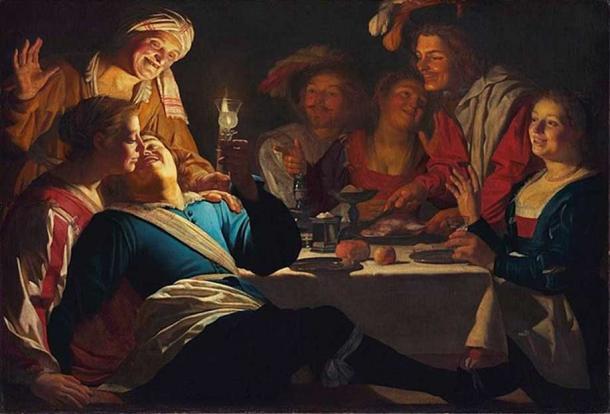
Soldier at brothel. (Alonso de Mendoza / Public Domain)
The Later Life of the Stews
The brothels in Bankside flourished under the Ordinances of Henry II, and this continued into the 13 th century when King Edward I banned prostitutes from the main city of London. This forced all prostitutes towards the stews where they would stay for centuries. Also, the first stone London Bridge was opened in 1209 and it led almost directly to the Bankside stews. However, Southwark could not satisfy the demand for brothers from Londoners and another zone of legalized prostitution was opened in Farringdon in 1240.
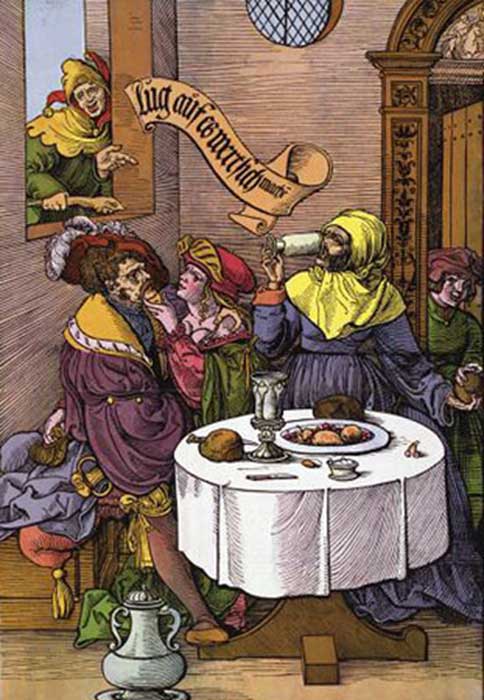
Taverns sold the services of women illicitly. (Co-flens~commonswiki / Public Domain)
In 1546, King Henry VIII banned brothels altogether. It’s possible he outlawed them for reasons of morality but also as a means of containing a syphilis epidemic that was currently raging. Of course, prostitution did not disappear, instead, it went underground. With a few modifications, it went on the same as before they switched from being brothels that sold drink and food illicitly to a tavern that sold the services of women illicitly. When the playhouses of Bankside came to prominence at the end of the 16th century, the prostitutes and the brothels were a part of the entertainment, and the area’s reputation for vice and crime continued. Covent Garden became something of a red-light district with Harris’ List in the 18th century, but the vast majority of London’s prostitutes lived around the Bankside area through the 19th century.
Top image: Old man beguiled by courtesans. Source: (Jan Arkesteijn / Public Domain)
References
Arnold, Catharine. 2012. The Sexual History of London. St. Martin’s Press.
Burford, E.J. 1976. Bawds and Lodgings: A History of the London Bankside Brothels c. 100-1675. Peter Owen.
Cale, Jessica. 2017. “A Cesspool in the Palace”: Prostitution and the Church in Medieval Southwark. [Online] Available at: https://dirtysexyhistory.com
Jones, Hunter S. 2018. Sexuality and Its Impact on History: The British Stripped Bare. Pen & Sword Books Ltd.


















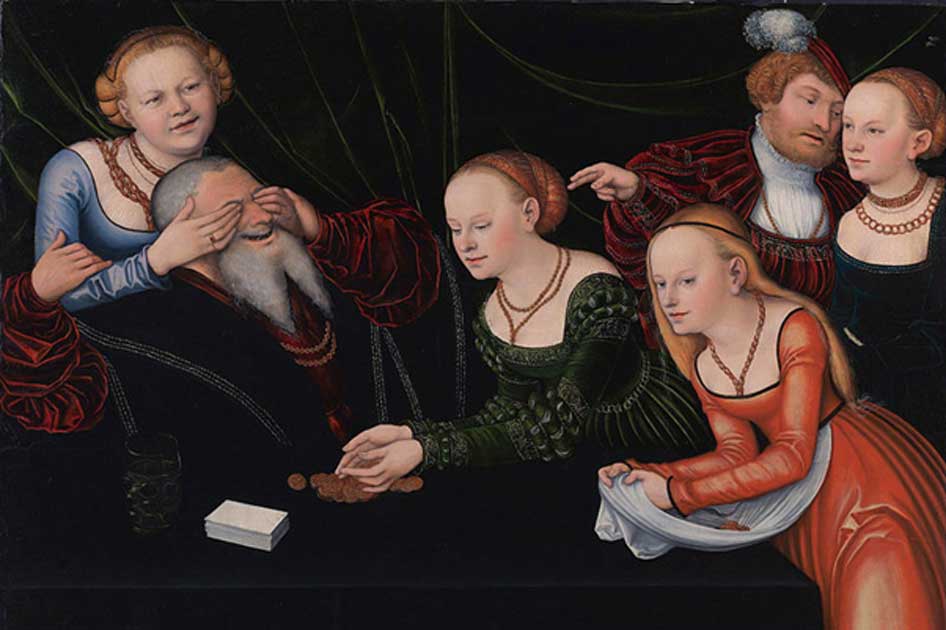

Comments
An interesting article, although some typos could have been edited out before publication.
The Winchester Geese are celebrated on the 23rd of every month at the CrossBones graveyard site on Redcross Way near London Bridge , organised by the very interesting John Crow. It's free and takes an hour or so, you are free to participate as much as you like, but it is a good opportunity to reflect on the appaling conditions suffered by those women (and men) as well as your own personal spirituality.
For more info, here is the link
http://crossbones.org.uk/
Paul Newman